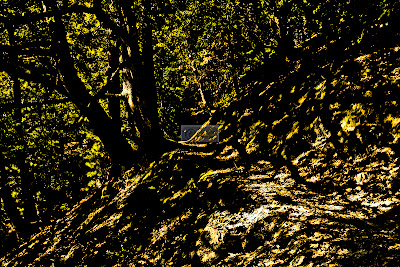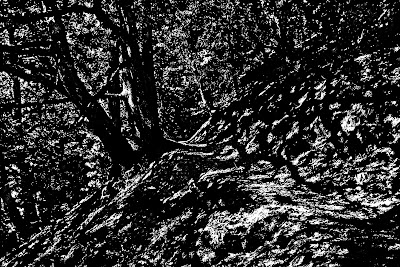I was recently listening to a podcast entitled “colour and the specific thing” in Lenswork Extended #78 Brooks Jensen boldly broached the issue of colour and B&W photography. Here are some of his key points I focused in on. He spoke of colour photography as making a specific statement, as being particular, individual, specific, or unique to its subject matter. He spoke of virtually all B&W as being “separated from the individual thing” he described B&W as being representative of a “universal statement”
I agree whole heartedly especially since he included the word “virtually” I of course choose to focus in on, and interpret his acknowledgement that there are “virtually” always exceptions be they B&W or colour. One of the ways Fine Art Imagery can transcend “virtually” all other colour photography and communicate a “universal statement”, to communicate “the separation from the individual thing” is by retaining only a hint or tint of colouring. An image that has for arguments sake been desaturated to say -75% as opposed to the -100% of a true B&W; I feel may more often communicate the “universality of the human condition” as Mr. Jensen puts it. One might also argue that tinting a B&W Image is colouring it. Try properly desaturating from say 0% to -75% a visually balanced colour image and I’d argue the uniqueness, the specificity, the individuality of a visually balanced colour image will be decreased or ceased to exist; thus projecting that “Universal Statement” that transcends form, be it B&W or Colour. This desaturation brings us full circle to enabling a colour image to representative of a “universal statement of truth”, to “separate from the individual thing”, just as virtually all Tinted B&W Film does. Proper digital desaturation of colour is no different than properly tinting B&W Film. So the way I see it digital colour and tinted B&W Film are sort of fraternal twins. When properly processed the two Artistic Processes parallel one another in what they are capable of communicating to us. A “universal statement” is communicated from within an images itself, enabling it to transcend the formats we call B&W and Colour; although it is admittedly much more challenging, but not impossible for colour imagery to do so. So yes colour imagery when properly created can and does “separated from the individual thing”
Below is a colour image that I fell communicates a universal statement of truth as Mr. Jensen stated virtually all B&W’s do. This image is able to communicate this message of universal truth due to its visual balance, even though its colour is not desaturated or tinted. It is the balance of the image that allows it to communicate to the viewer as virtually all B&W imagery does. Its balance is at the core of what enables it to communicate universal truth. Its contrasting matrix of lightness and darkness laid out across the entire image is what brings balance to the image. This balance nullifies the typical uniqueness or specificity that virtually all other colour images communicate. This images balance is also derived from the tree trunks weighing to the left, while the path and hillside weighs to the right. These two ways of balancing the image transcends B&W and colour. Thus enabling the image to communicate what Jensen referred to as a “universal statement of truth” as a virtual exception to its colour brethren.



